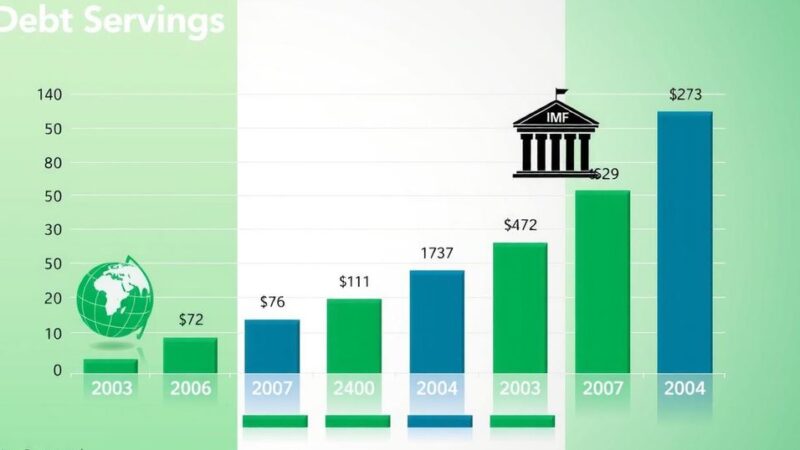In Kenya, over a third of the population is now borrowing due to rising living costs. A Tala report shows a shift from traditional spending cuts to increased loan dependence, with confidence in repayment remaining high. Investment habits are changing, and despite financial challenges, many Kenyans remain optimistic about their economic futures.
The current economic landscape in Kenya is compelling citizens to increase their borrowing amid rising living costs and delays in income. A recent report by Tala indicates that over one-third of Kenyans have turned to loans, a marked departure from traditional coping strategies of reducing non-essential spending. Notably, only 59% now focus on cutting expenditures, a sharp drop from 72% last year, while the inclination to borrow has surged from 27% to 46%.
This rise in borrowing is attributed to the struggle in managing household budgets amid escalating expenses. Kenyans are increasingly willing to overlook the inherent risks of borrowing due to limited options for further expenditure reduction. Teddy Kahiro from Tala commented that the continuous rise in costs leaves little financial flexibility for many households.
Furthermore, the report disclosed that business expenses, education, and daily living needs constitute the primary motivations for borrowing, with around 80% of borrowers expressing confidence in their repayment capabilities. Annstella Mumbi, Tala’s general manager, noted that respondents remain focused on business and home ownership as their primary financial goals, underscoring the changing priorities of Kenyan borrowers.
Investment behavior has evolved, as many respondents are dedicating 11 to 20% of their income to savings, cooperatives, and investment groups, motivated by wealth accumulation and retirement planning. However, fear of loss and distrust in investment channels have hindered more aggressive financial commitments from Kenyans.
The report also highlighted a notable 7% increase in business ownership, even as full-time employment has seen a decline of 5% annually. This decline reflects a broader challenge where increasing living costs impede investment in side enterprises. Despite the hardships, approximately 46% of respondents maintain a positive outlook on their financial futures, demonstrating the resilience of the Kenyan spirit amid adversity.
In conclusion, the economic pressures in Kenya are leading to a transformative approach among citizens towards borrowing. Rising costs are driving individuals away from traditional expenditure reduction strategies and toward loans for livelihood sustenance. With a notable increase in borrowing and business ownership amid economic challenges, Kenyans are showing resilience, albeit with cautious optimism regarding their financial futures.
Original Source: eastleighvoice.co.ke






